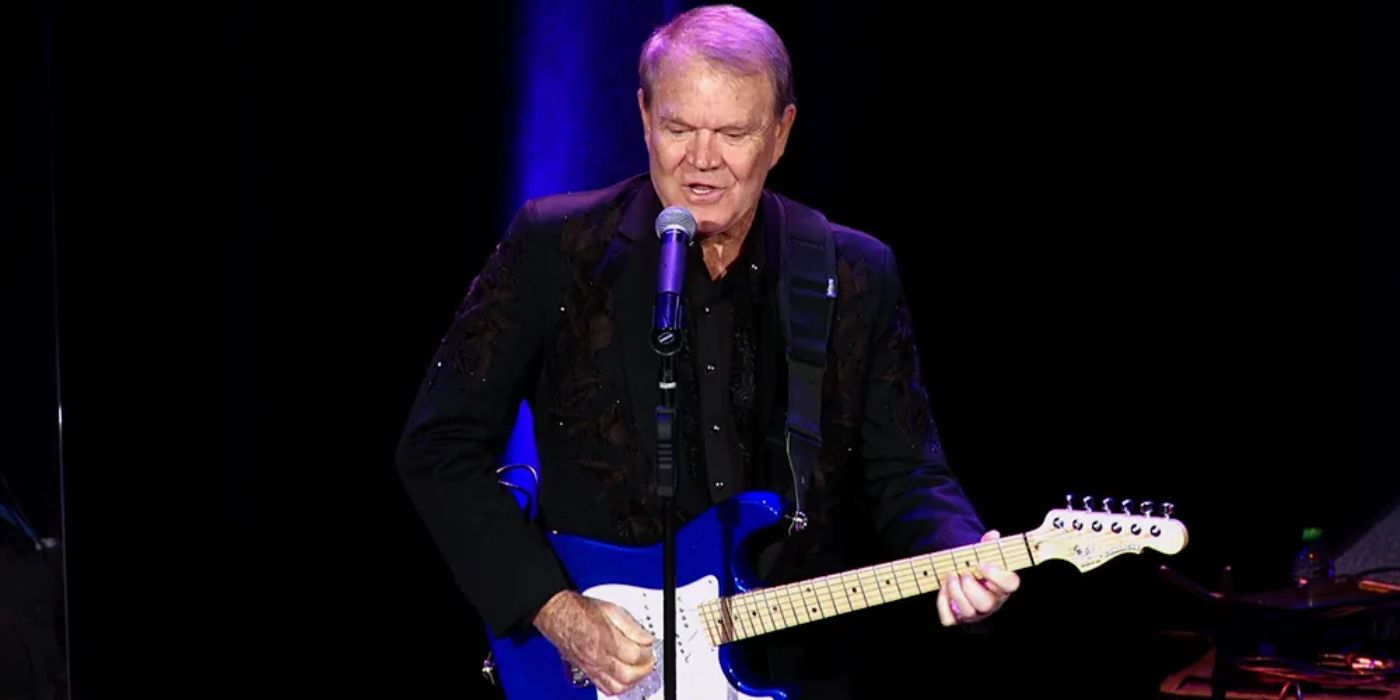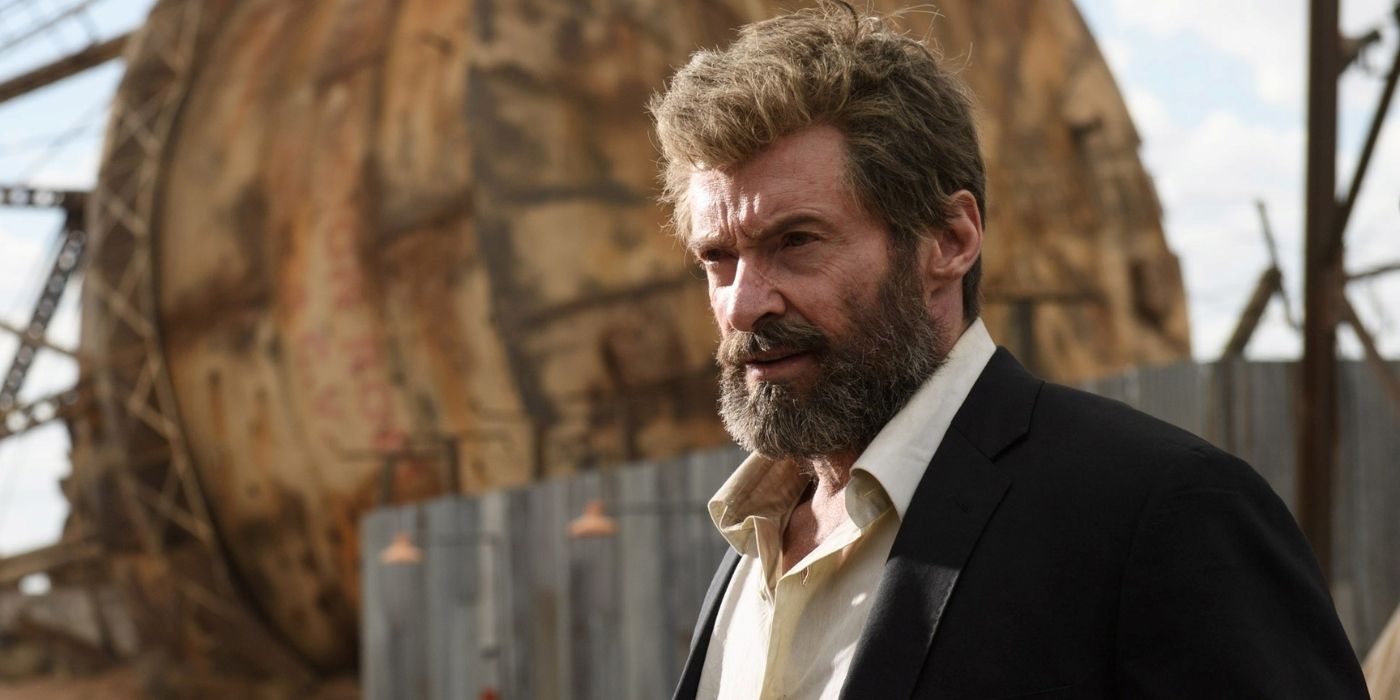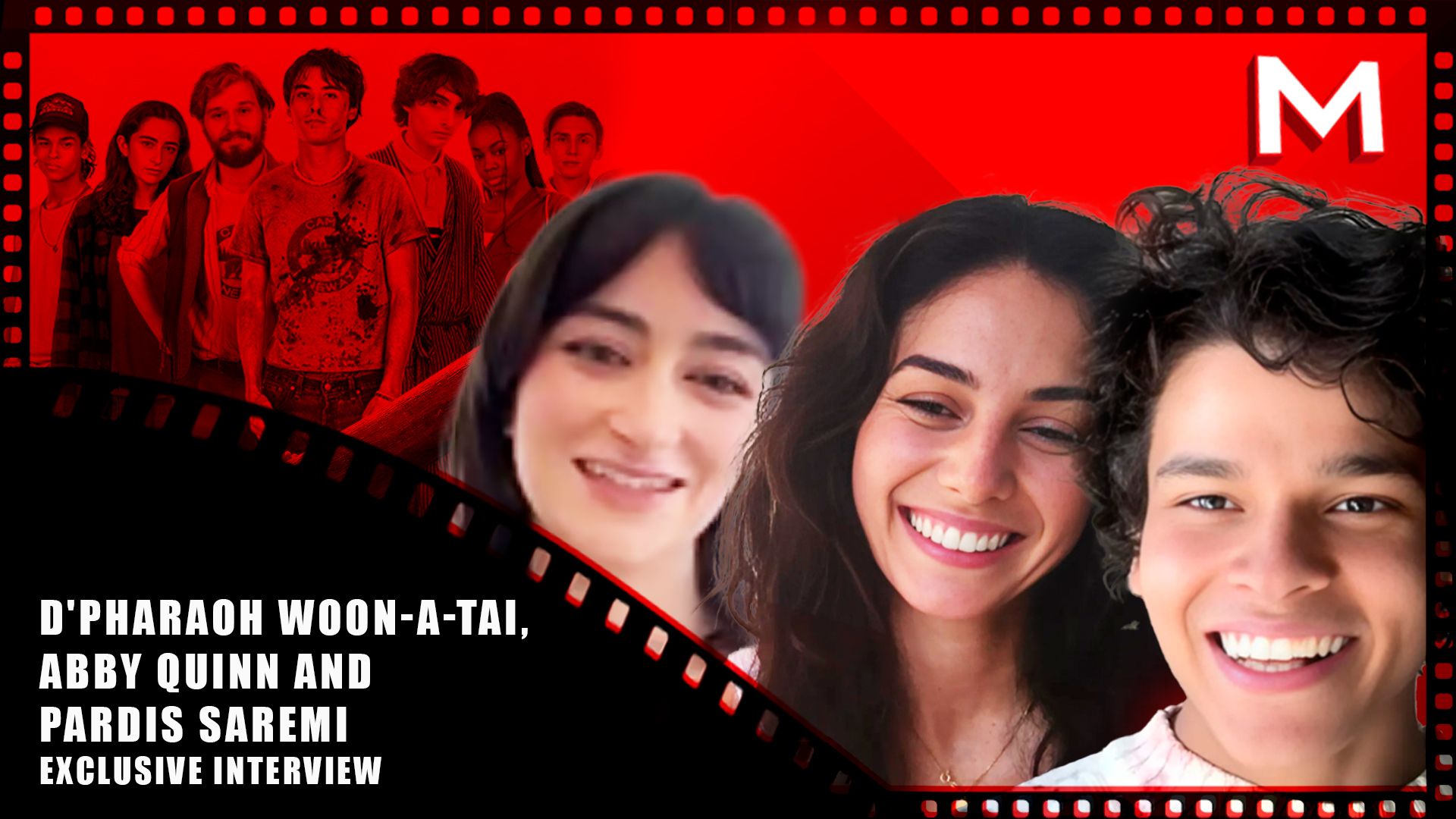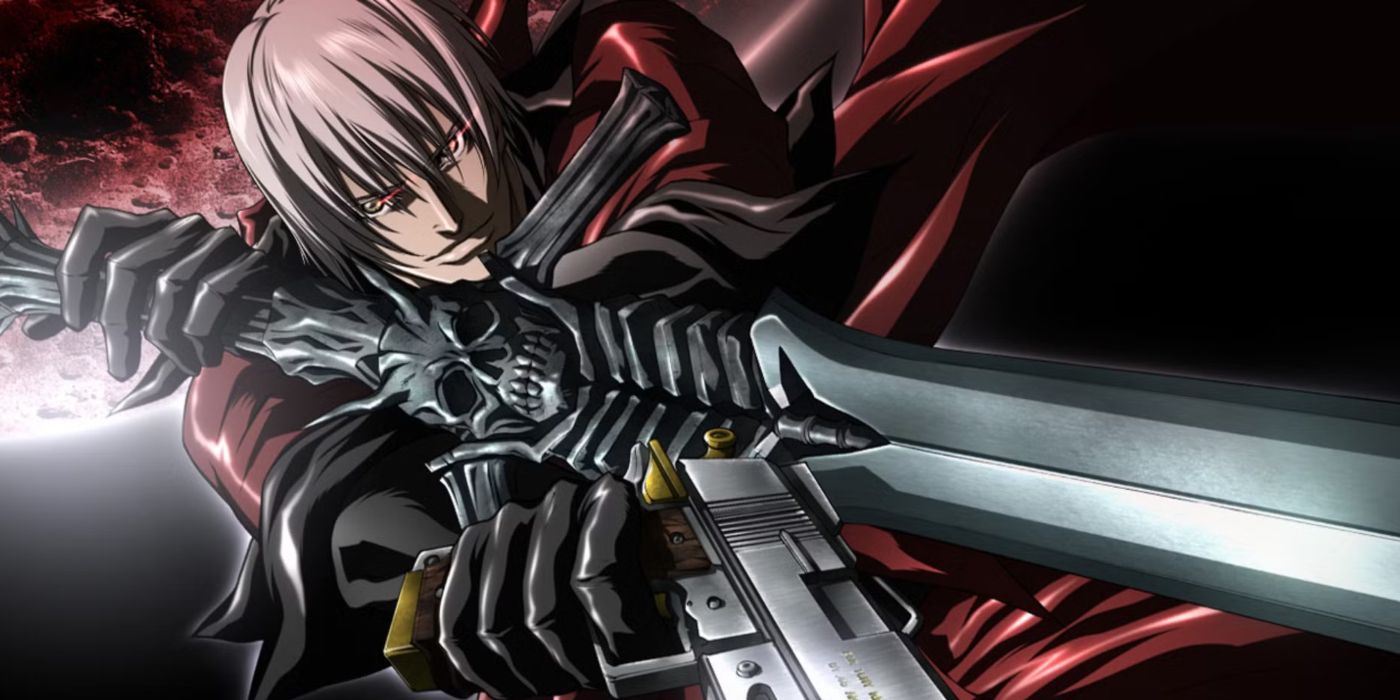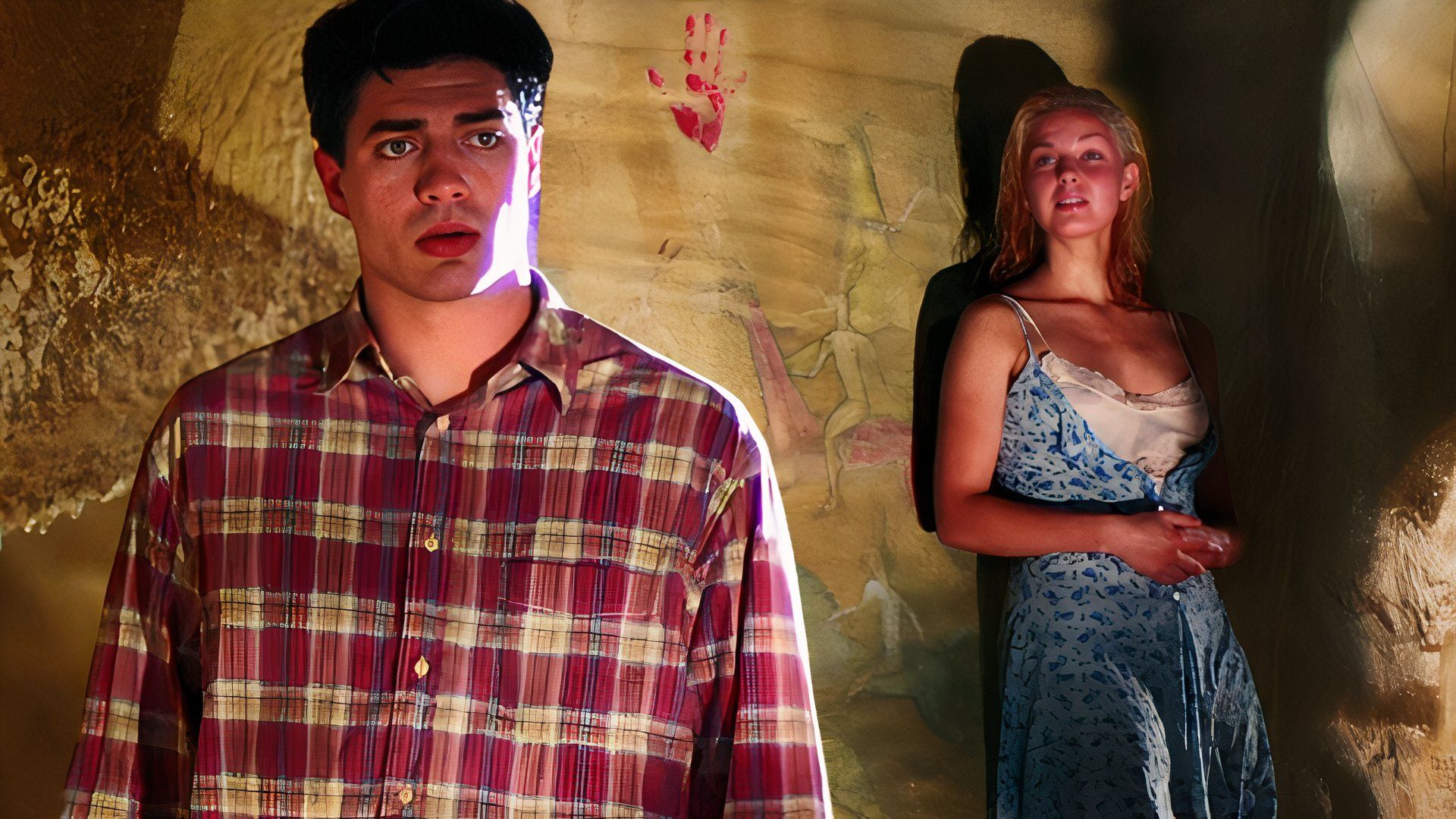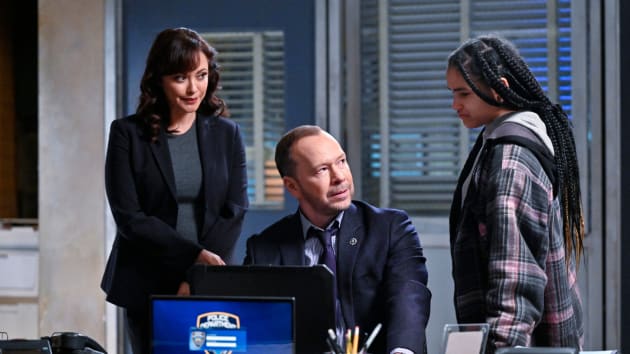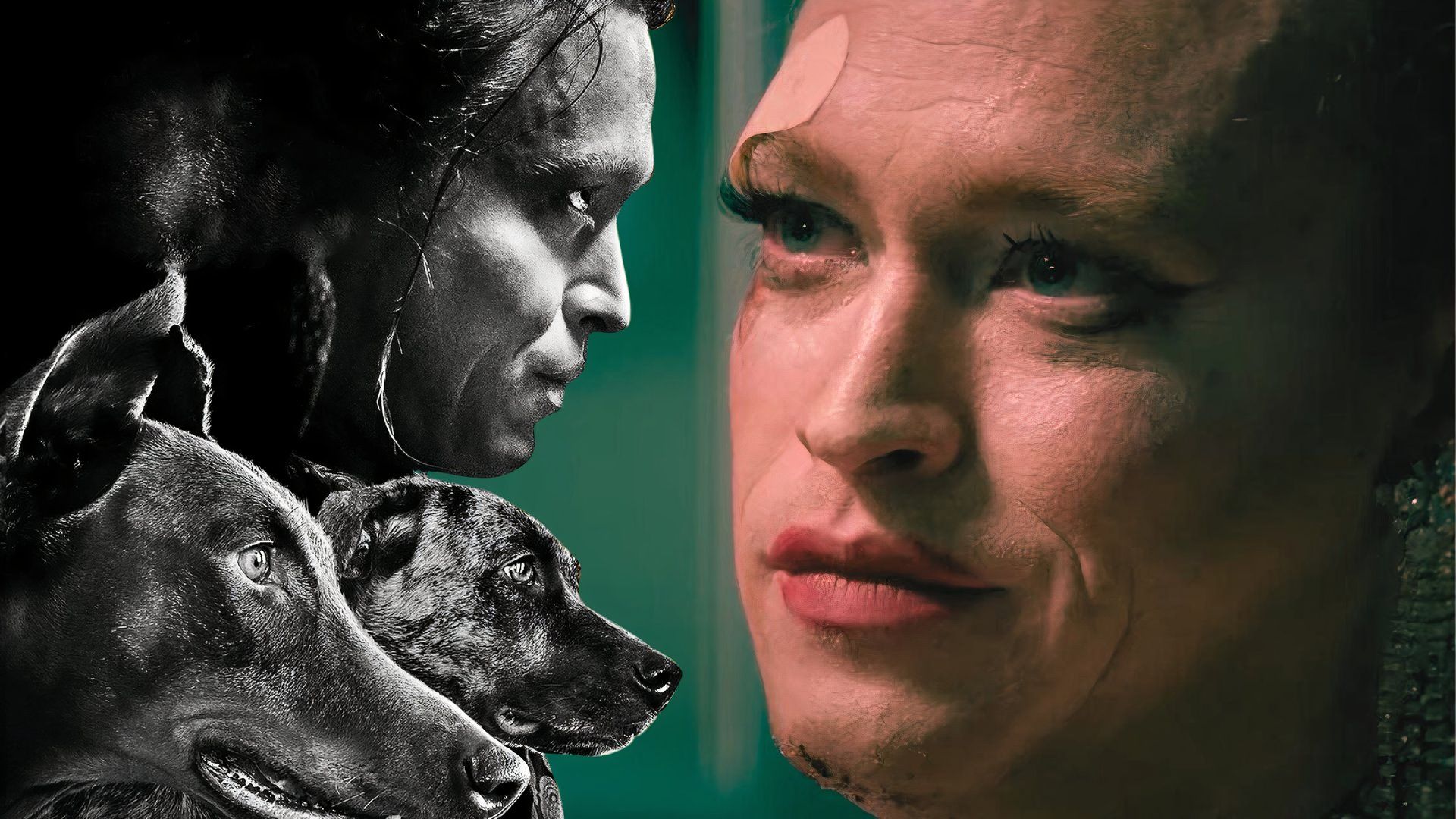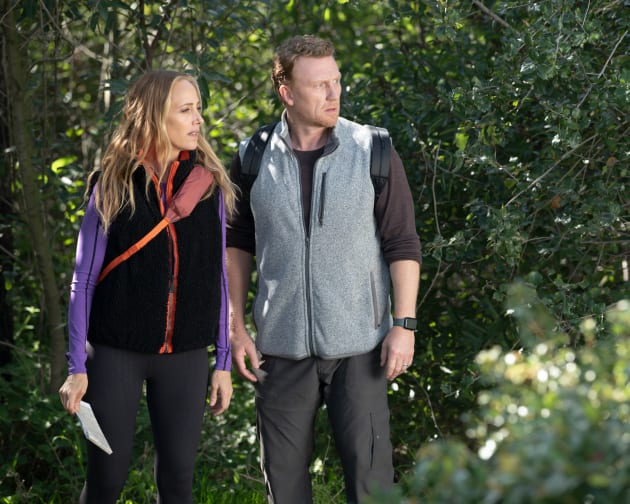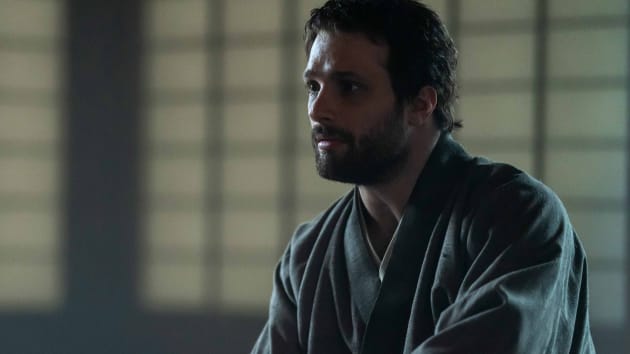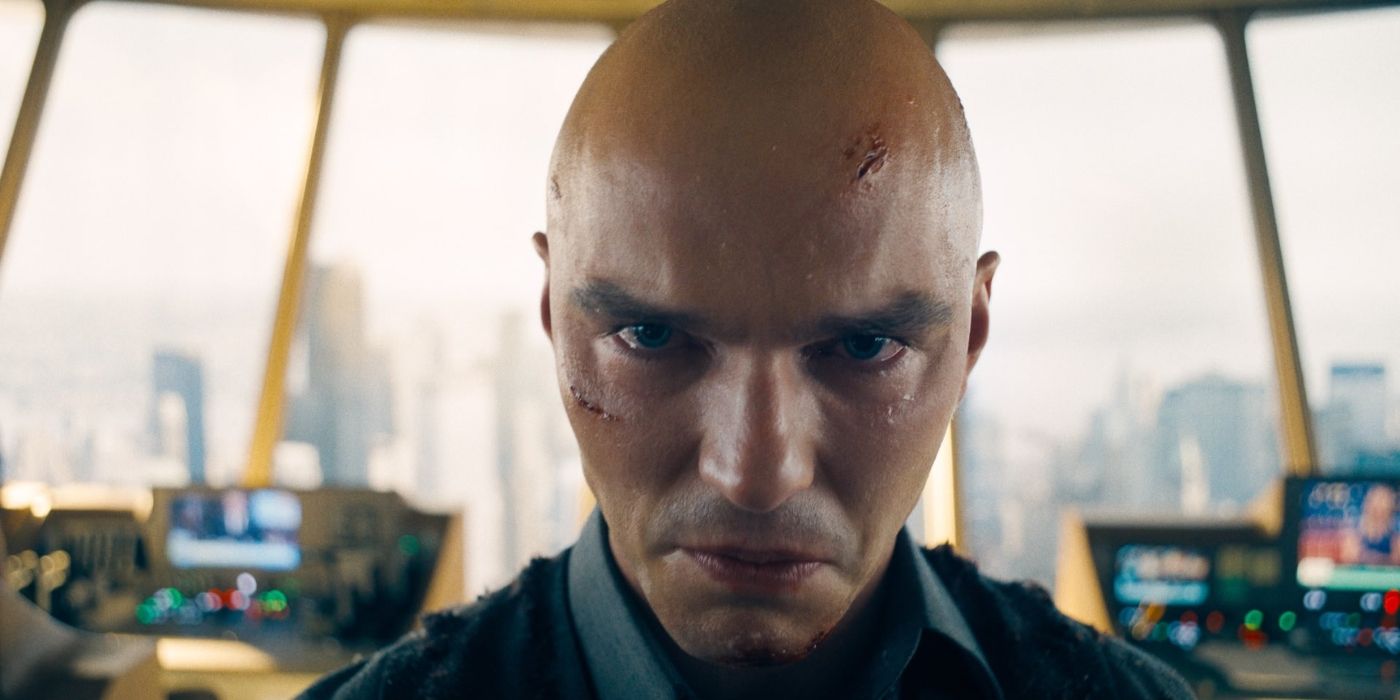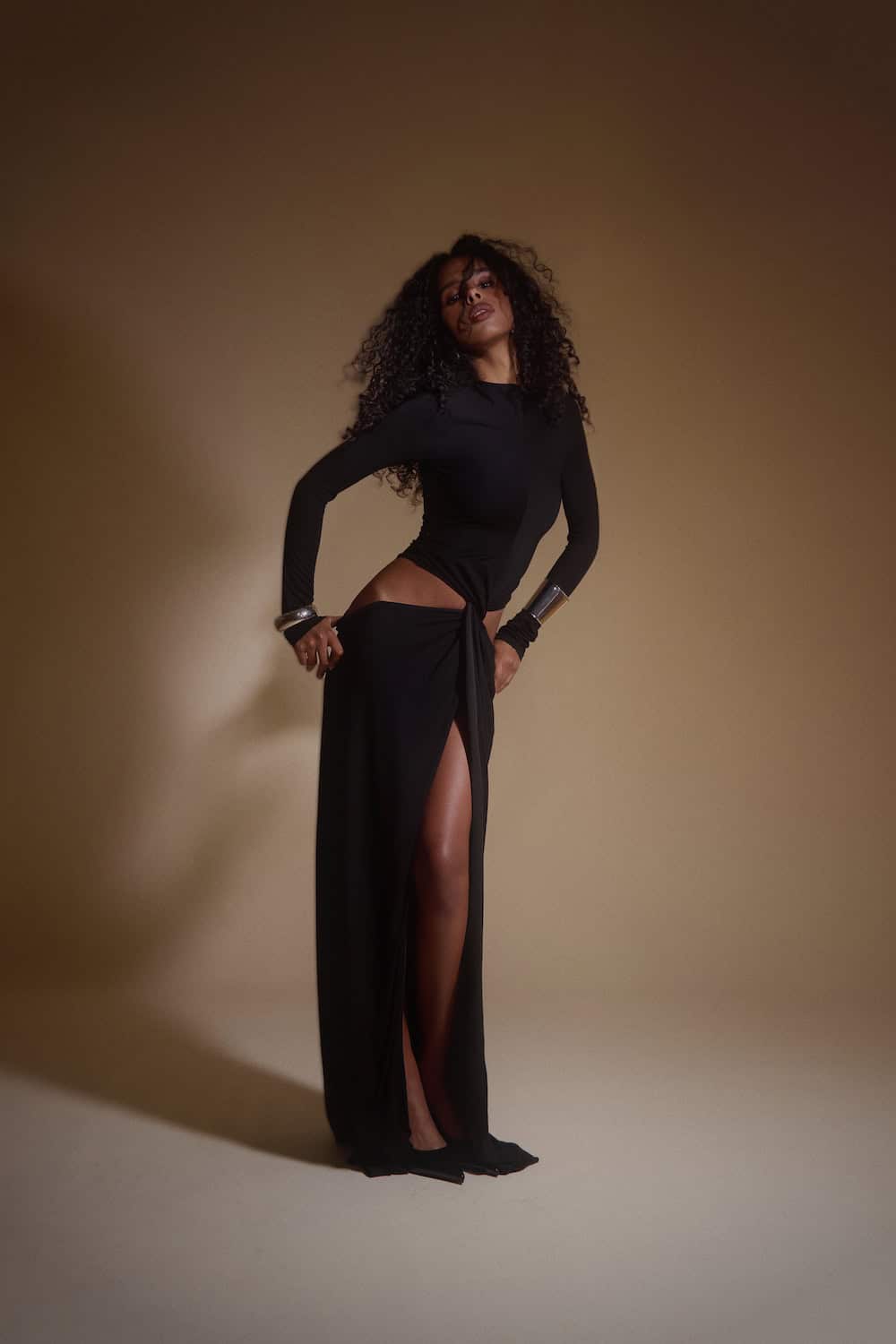The ’90s were a weird time for movies. The industry was booming, thus ramping up dramatically as a result. 1994’s True Lies became the first film to cost more than $100 million — just three years later, the budget for Titanic was $200 million. The surprise success of independent, less mainstream films, such as Pulp Fiction, The Full Monty, and The Silence of the Lambs, meant that studios and financiers were more willing to take risks, and bigger actors were able to take on weirder projects. This brings us to Philip Ridley, one of the strangest filmmakers of the ’90s, and especially his obscure, wacked-out 1995 film, The Passion of Darkly Noon.
The film stars Brendan Fraser, Ashley Judd, Viggo Mortensen, and longtime David Lynch collaborator Grace Zabriskie, but few people have seen it. As its director told British critic Mark Kermode, “I think 10 people and their dog probably saw it when it was in London … There’s only one print of that. No one knew what to do with it.” That’s apt — this is a very odd film, essentially a dark fairy tale that combines the erotic thriller genre with horror, romance, fantasy, and (perhaps unintentional) comedy.
The Passion of Darkly Noon contains some of the oddest performances that its big-name actors have ever given, and some direction that needs to be seen to be believed. And now you can see it very easily. It’s streaming on Prime Video and on Peacock, and streams free on Tubi, and on Plex as well, or can be rented for $1.99 on the usual digital platforms like YouTube and Apple TV. Is it worth watching? Yes, but more as a unique and unforgettable curio than a piece of entertainment. Here’s why.
Bonkers Brendan Fraser Goes Mad with Lust
A young man who has spent his life as a member of an ultraconservative Christian cult loses his parents and becomes disoriented, wandering into a forest and meeting a coffin transporter, a caring woman, her mute boyfriend, and his mother.
Release Date January 2, 1995
Director Philip Ridley
Runtime 99 minutes
Producers Dominic Anciano , Frank Henschke
The Passion of Darkly Noon proceeds like a simple, self-contained parable or fairy tale. It follows a lost man-child, the titular character (played by Fraser), in a vast forest who is taken in by a beautiful young woman named Callie (a literally glowing Ashley Judd). She nurses him to health and takes care of him, while he helps out around the house.
They have completely different worldviews. Darkly Noon (who Callie calls Lee) was named after his religious zealot parents and lived in a fanatical, cult-like compound before it was attacked by neighboring townsfolk who ultimately killed Darkly’s parents. Callie, on the other hand, lives ‘in sin’ with her lover, Clay (who is missing when Darkly shows up). Callie smokes and wears short, revealing dresses; Darkly stutters and repeats Scripture to himself. As they get to know each other, Darkly confronts his religious extremism and is tempted by a growing desire for the flesh, seemingly teased by Callie.
Related Brendan Fraser’s 10 Favorite Movies
Brenda Fraser has been in many great movies, but what are his favorite pictures from other actors? Here’s what he named.
This is undoubtedly the strangest performance of Fraser’s career, and must have been a shock to early fans of his who were used to wacky comedies like Encino Man, Airheads, and The Scout. His quiet words and stutter contrast with his physical intensity, as Darkly remains stiff and focused, with sharp eyes and tense muscles. We won’t spoil the film, but what the character does as he fights his sexual urges and descends into a kind of madness forces Fraser to go to uncomfortable, disturbing places that you won’t see the actor reach for anywhere else. He gives it his all, and while some have criticized his performance as over-the-top, others recognize that this is part of the archetypal fairy tale package and have praised his work here. It’s brutal and unlike anything he’s ever done.
The Strange Glow of Ashley Judd & Viggo Mortensen
Before The Passion of Darkly Noon, Ashley Judd had only starred in three movies (two great indies — Ruby in Paradise and Smoke — and a role in Michael Mann’s masterpiece Heat), but Philip Ridley’s film films her as if she were a timeless, iconic sex symbol. While the whole movie is filmed in high contrast, shots of Judd take that to the extreme and light her so that she has a perpetual halo and looks like a blonde angel. She’s perfect as a manifestation of temptation and desire, but also represents both sides of the ‘mother and whore’ dynamic of misogyny — she takes care of Darkly in her own home but is also an object of desire living ‘in sin’ with another man, which drives Darkly even more insane when Clay (Mortensen) comes home.
4:03
Related Ashley Judd Shares Her Interpretations of Lazareth and the Film’s Shattered ‘Gender Utopia’
Ashley Judd established an intimate sense of community with Lazareth co-stars Sarah Pidgeon and Katie Douglas.
Viggo Mortensen has no dialogue in the film, as he plays a mute carpenter in this weird fairy tale world. He mainly makes coffins, and there’s a huge demand for them in the outside world, according to a mortician who visits one day. The way he puts it, the world of this film (outside the small area in the forest where it all takes place) seems downright apocalyptic, fitting Darkly’s religious zealotry and increasing madness.
Darkly eventually stumbles across a mysterious, angry woman in the woods (Zabriskie) named Roxy, who tries to convince him that Callie is indeed a witch who tempted and killed her husband. This (and disturbing visions of his dead, bullet-ridden parents) justifies Darkly’s growing anger towards Callie.
A Fiery Eruption of Misogyny and Religion
It all comes to a head in a nightmarish final act that will forever make you look at Brendan Fraser differently. It’s a scorching conclusion to an unnerving, uncomfortable film, followed by a truly enigmatic epilogue that leaves you thinking (and frustrated). Like filmmaker Philip Ridley’s previous film, The Reflecting Skin (another weird ’90s indie), the film is a searing indictment of religious extremism and misogyny, with Ridley later saying:
“It seemed to me I had to deal with one of religion’s deepest fears: women’s sexuality. Their constant subjugation of women. Their age-old cry of calling any sexually threatening woman a witch, as Darkly ends up calling Callie at the instigation of Roxy. That’s what I was saying about the fairy tale simplicity just being a framework.”
Related Brendan Fraser’s 10 Most Underrated Movies
With such a prolific body of work, it’s inevitable for some of Brendan Fraser’s projects to have escaped wider recognition.
What the Hell Does Darkly Noon Mean?
Almost anyone who has seen The Passion of Darkly Noon, even those who love it, admit that the film is extremely ambiguous and enigmatic, especially the ending and a few important scenes with a random giant shoe that floats into the forest through the lake. What the hell does that mean? While it’s somewhat explained at the very end of the film, it’s treated so reverently and symbolically that it feels crucial to understanding the plot.
It could be very simple — one single shoe is useless and sad; a solitary shoe does no good, as it’s supposed to be part of a pair. This reflects on Darkly’s loneliness and need to be loved (“Who will love me now?” he says at one point in the film). We do see another shoe, which would be the second of the pair if it wasn’t so much smaller, held by a child at the end. This may indicate the childishness of Darkly himself. He was named after a verse in the Bible, 1 Corinthians 13:12 — “For now we see through a glass, darkly; but then face to face: now I know in part; but then shall I know even as also I am known.” (A verse which indicates Darkly’s need to be “known”). However, the verse before this reads:
When I was a child, I spake as a child, I understood as a child, I thought as a child: but when I became a man, I put away childish things.
Related Brendan Fraser’s Devilishly Good Remake Will Soon Be Free on Tubi
“How would you like to make one simple decision that’ll change your life forever?”
And so we can consider Darkly, with his Biblical literalism, sexual repression, and eventual anger toward Callie, as an immature man-child. Additionally, the shoe cements the film as a fairy tale allegory; it’s a big silver shoe, after all, just like the magic shoes in The Wizard of Oz (the book, where the shoes are silver). Then again, maybe it’s pointless trying to deconstruct and analyze the film. As Ridley writes in his book The American Dreams (which collects the screenplays for his first film and The Passion of Darkly Noon with more writing of his own):
“I always think if you see my films like acid trips you’re halfway to understanding them. Forget logic, accept that anything can happen and usually does. Like a dream. Dreams are about images. We wake up, we remember images. Moments. Fleeting feelings. We don’t remember the whole narrative. Don’t be it, dream it. […] Meaning is irrelevant. It’s not a crossword puzzle. As I said before, it’s what it makes you feel that’s important. It’s not intellectual, it’s emotional. The meaning is the feeling.”
The Passion of Darkly Noon is streaming for free on Tubi and Plex, and streaming on Peacock and Prime Video. Links to the film can be found at the beginning of this article.
You can view the original article HERE.

